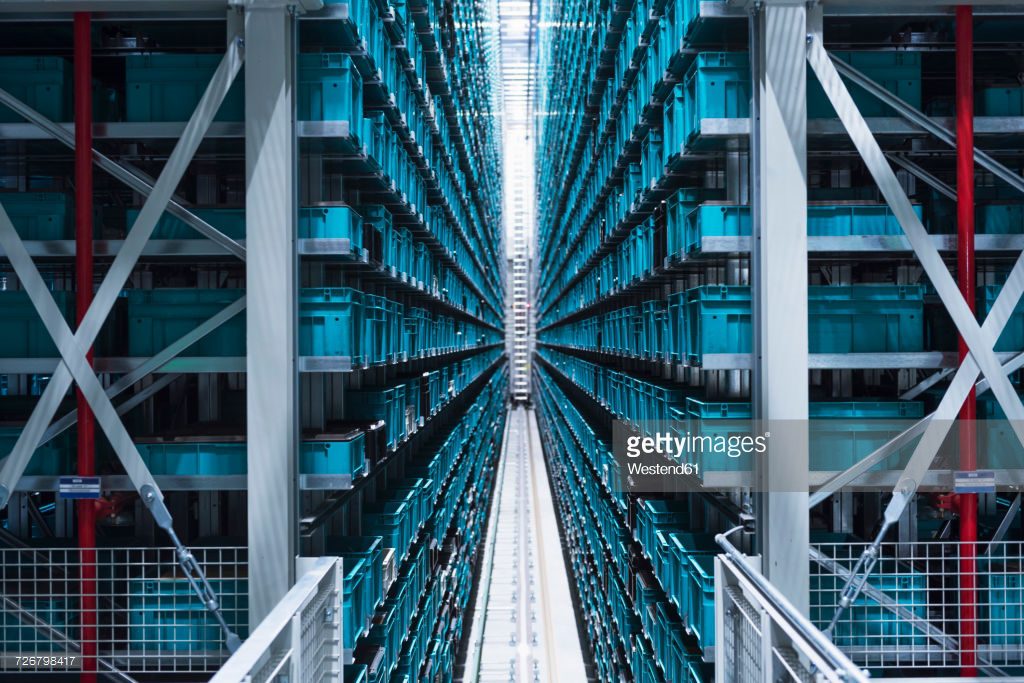

food and beverage industries
Solutions Provided by Market verticals
Solutions Provided by Function
Food and Beverage Industries are increasingly inclining towards automation to improve efficiency. Significant changes to manufacturing and sourcing are required as markets, channels and technology are changing the way consumers will purchase food.
Taking the market dynamics into account, increasing the use of automation, and bringing more flexible machinery will help efficiently run the production lines. The advantages of improved automation have already been put to use by most large scale food processing plants to minimize production costs and boost productivity.
During seasonal volume and demand peaks in the food and beverage industry, common practice is to increase labor and mobile equipment supplies temporarily. While this works great for small- to medium-sized businesses even in the current landscape, it’s not ideal for larger teams. This is primarily due to the evolution of technology, especially in the automation sector.
Adding more labor and machines can help increase volume, but it comes with a sizeable cost, one that could be shaved with the right process and system updates. As one might expect, adopting advanced automation systems, robotics and processes that can be controlled via machinery or software is the answer. Believe it or not, these systems can be made to work alongside and improve performance of existing laborers and teams.
Along the food and beverage supply chain, there are so many involved processes, workers and touchpoints that it can be difficult to not only keep track of food, but also to monitor its quality. As you know, quality is of incredible importance in the industry. You don’t want faulty or contaminated foods entering the market because it can be detrimental. Food must always remain traceable and safe, and it’s difficult to guarantee a system that has so many working cogs.
Autobar’s automation provides the Industries with machines that provides it with flexibility to be more agile in the production process and allow it to be more reactive to retail changes in real time. Currently, we are located in three major cities of Pakistan and can be easily reached for supply chain and its management, automation and optimization purposes


